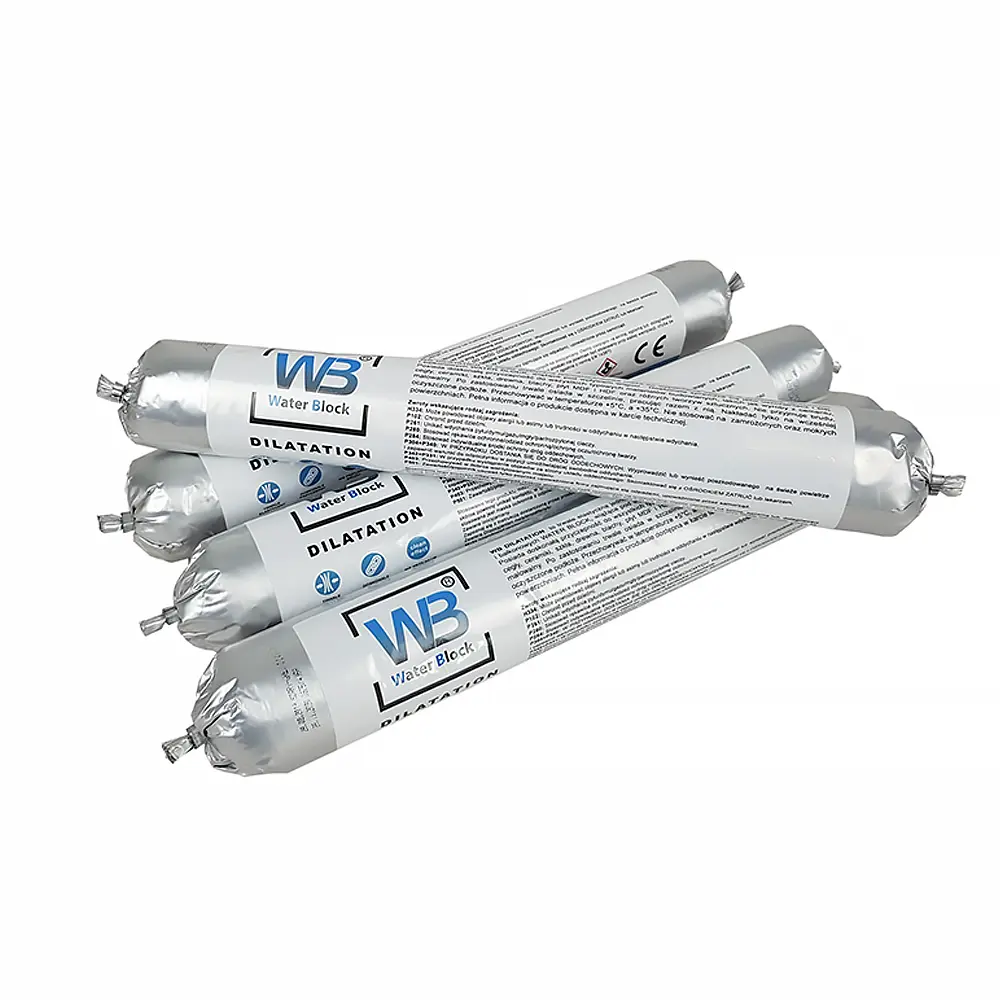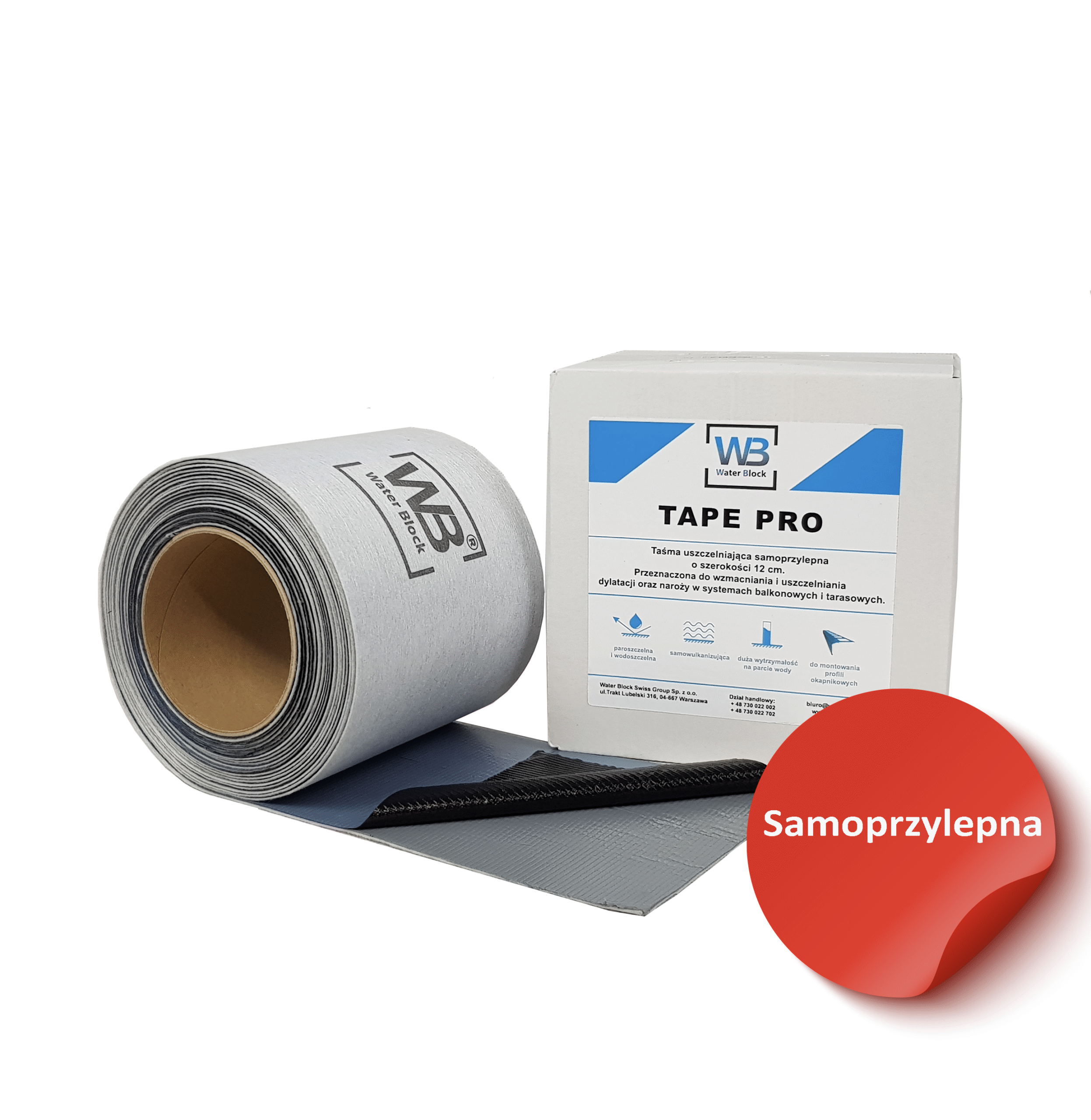Waterproofing is the process of protecting buildings from the negative effects of water and moisture. It is a key element in the construction of both residential and industrial buildings, protecting their structures from degradation caused by contact with water. Depending on the application, waterproofing can take a variety of forms, from sealing coatings to specialised membranes. In this article, we explain what exactly waterproofing is, the types of waterproofing and where it is widely used.
What is waterproofing and what are its functions?
Waterproofing is a method of protecting a structure from water in the form of liquid, vapour or moisture. In practice, it means creating barriers that prevent water from penetrating into buildings or other structures, such as bridges, tunnels or swimming pools. Its main task is to ensure the durability of the structure and the comfort of the building.
Advantages of using waterproofing:
- Protection against degradation of m1TP2Bodies - Water can lead to concrete cracking, metal corrosion or wood rot.
- Prevention of mould and mildew formation - moisture promotes the growth of micro-organisms that are harmful to health.
- Improved thermal insulation - Well executed waterproofing reduces heat loss through damp parts of the structure.
- Extending the life of the building - waterproofing reduces the need for frequent repairs and renovations.
- Aesthetics - damp patches, stains and other surface damage resulting from the action of water are avoided.
Waterproofing is not only a structural protection, but also an investment in the comfort and durability of a living or functional space. Its absence can lead to costly consequences, such as renovations or the replacement of damaged m1TP2Bodies.
What types of waterproofing are there?
Waterproofing can be carried out using different technologies and m1TP2Materials, depending on the specifics of the building and the environmental requirements. One of the more popular solutions is bitumen waterproofing, which is mainly used for flat roofs and foundations. It comes in the form of bituminous mastics, stickies or asphalt membranes, and its greatest asset is its high resistance to water and harsh weather conditions.
Another type is mineral waterproofingbased on cementitious mortars with sand and sealants. It is ideal for basements, water tanks or bathrooms, while offering vapour-permeable properties that allow the walls to breathe.
Equally effective is polymeric waterproofing, which uses flexible plastic membranes such as PVC or EPDM. This solution is particularly popular in swimming pools, terraces and roofs, thanks to its resistance to stretching and varying weather conditions.
The last type is liquid waterproofingwhich, when applied in liquid form, forms a flexible, seamless coating. It is readily used in bathrooms, balconies and industrial spaces, but is unfortunately too risky to apply due to its delicate texture.
Each of the listed waterproofing types has unique properties, allowing the technology to be tailored precisely to the individual needs of the project.
Where is waterproofing used?
Waterproofing is used in many areas of construction and infrastructure. Here are the most important places where it is indispensable:
- Foundations of buildings - Foundations are the most exposed to ground water. Foundation waterproofing prevents moisture from entering the building, protecting against structural damage.
- Flat roofs - Waterproofing flat roofs is crucial to prevent leaks, which can lead to flooding of rooms and damage to ceilings.
- Terraces and balconies - These structural elements are exposed to changing weather conditions such as rain, snow or temperature changes. Appropriate waterproofing prevents water damage.
- Bathrooms and kitchens - Wet rooms, such as bathrooms and kitchens, require careful sealing of floors and walls to avoid water infiltration into lower floors.
- Swimming pools and bodies of water - For these facilities, the waterproofing has to be extremely durable and tight to prevent leakage.
- Industrial and engineering facilities - Waterproofing is used in tunnels, bridges, reservoirs or petrol stations where contact with water is unavoidable.
The use of waterproofing is versatile, making it an essential part of modern construction.
How do you choose the right waterproofing?
Choosing the right waterproofing depends on several factors, such as the type of building, the level of water exposure and the investor's budget. It is advisable to consult experts who can help you choose the optimal solution. Remember that well-made waterproofing is an investment in the durability and safety of your building.




